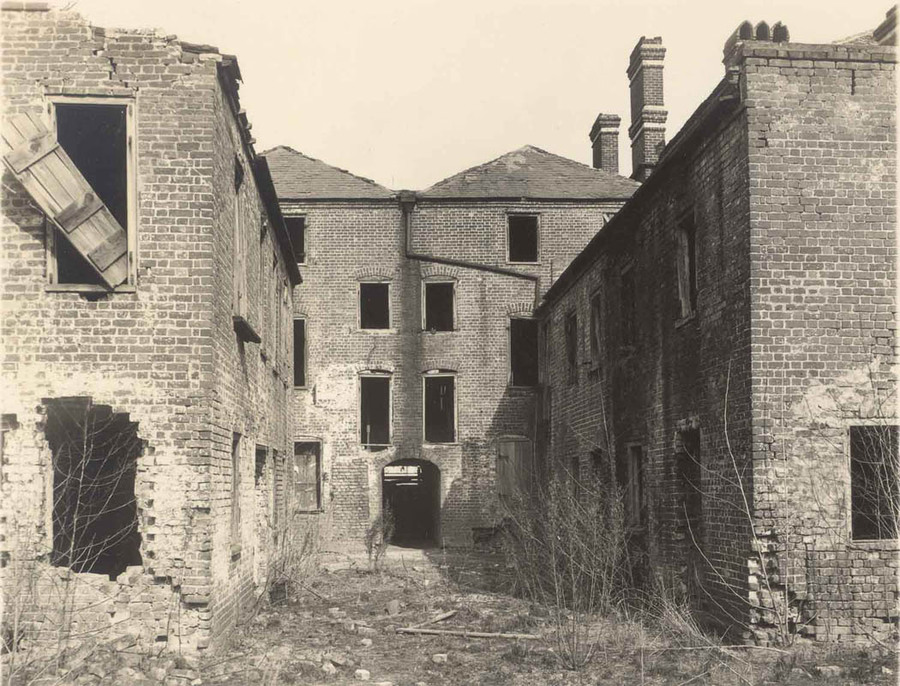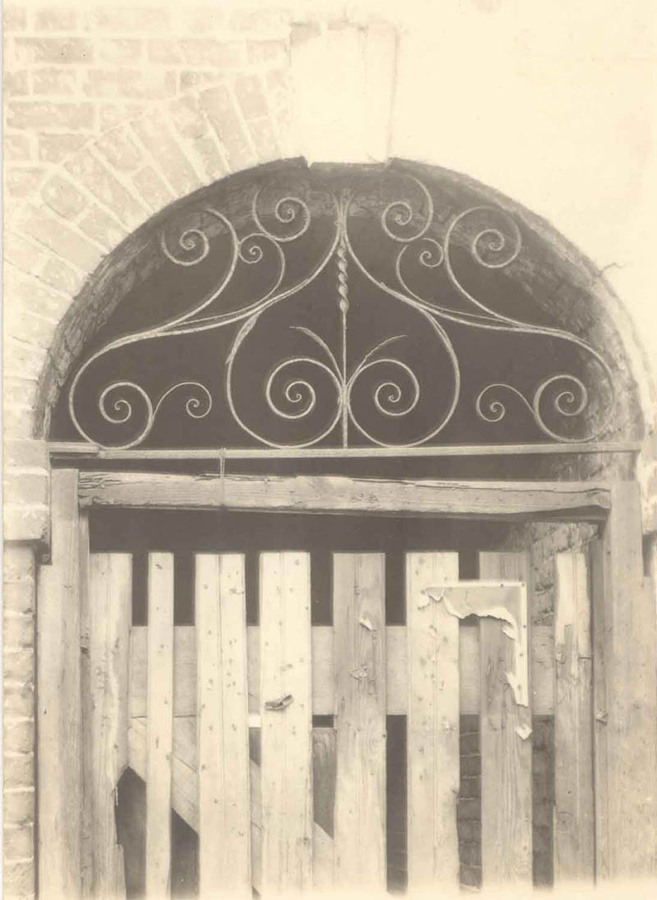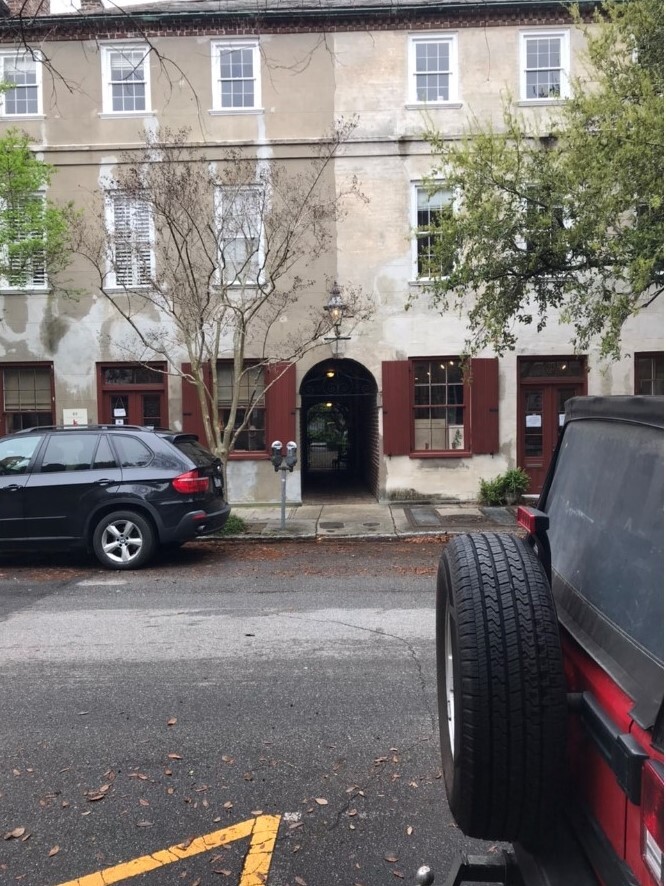Cabbage Row, 89-91 Church Street

“Catfish Row,” the famed setting of DuBose Heyward’s 1925 novel, Porgy, and George Gershwin’s 1935 opera, Porgy and Bess, was based upon an area of Charleston located at 89 to 91 Church Street.
“Catfish Row,” the famed setting of DuBose Heyward’s 1925 novel, Porgy, and George Gershwin’s 1935 opera, Porgy and Bess, was based upon an area of Charleston located at 89 to 91 Church Street. Before DuBose Heyward penned the story, the original moniker for the place was “Cabbage Row.” The name originated from black residents selling cabbages from the windowsills of the buildings. Cabbage Row is an example of a black tenement building that was common in Charleston in the late nineteenth and early twentieth centuries.
The original construction date of the building has been debated over the years, with some saying it was built before the start of the Revolutionary War and others reporting it as sometime around 1783. Regardless of the exact date, the building is thought to have been a mercantile at first, but by 1888, it began to operate as a bordello for seamen. It is speculated that the earthquake of 1886 left the building in disrepair, leading it to be used for this type of business. During the early 1900s, this building began to be used as tenements for black Charlestonians.
The housing for Black Charlestonians within the city can be traced back to the eighteenth century. Charleston was small and crowded, and domestic slaves would live close to their masters’ house, meaning the white and Black populations of Charleston lived extremely close to each other. The enslaved people who resided nearby often lived in alleys, tenements, or “wooden row houses.” During Reconstruction (1865-1877), many newly freed Blacks moved into the city to look for jobs, education, or lost family and often had to settle for overcrowded, dilapidated buildings. Some of these people even moved into the houses of white families that were abandoned during the Civil War. However, it is important to note that not all people of color in the city lived in this way. People of African descent in Charleston came from a diverse range of economic backgrounds and social classes. The members of this group who lived in residences such as Cabbage Row only made up one part of African American population.
With this in mind, one can see that the house at 89-91 Church Street appears to have followed some of these trends into the early twentieth century, specifically on the issue of overcrowding. It is suggested that around one hundred people lived in this one structure in the first two decades of the 1900s. One newspaper article claimed that during a census it was found that seventy five people were inside the building during the counting and that the rest of the inhabitants were at church.
The historical record does not include many of the voices of the people who lived inside Cabbage Row. Most of the sources unfortunately come from people complaining about the area, but from reading the complaints, one can glean how bad the living conditions of the building were. An article written in 1945 about Cabbage Row stated that the spot was so notorious that “white men dared not to enter it.” In a City Council meeting in 1922, one council member, Alderman Sinkler, proposed the elimination of the city’s “sore spots” located in the “nice” neighborhoods of Charleston, starting with Cabbage Row. He insisted that it had been a site of ill-repute for over twenty years, putting the “health and morals” of the neighborhood at risk. In a petition discussed by the city council on the same day as Sinkler’s proposal, Cabbage Row’s neighbors claimed that the inhabitants of Cabbage Row committed acts of prostitution, used “the most vile, filthy and offensive language,” and participated in fights. Some of the fights led to bullets hitting the homes nearby. In one instance, one man came out of Cabbage Row after a fight and died on the street. They also insisted that the sanitary conditions were horrible and that a foul stench came from the house. Rather than showing worry for the inhabitants, more callous complaints claimed that the Black residents destroyed the building’s interior out of ignorance, such as tearing chunks out of the beautiful woodwork inside the building to use as firewood.
Despite the apathetic feelings towards the plight of the people living in these tenements, these complaints also give us an idea of what the interior looked like. The rooms had low-ceilings and were quite large. The rooms were sectioned off into compartments for each inhabitant. One of the rooms apparently was used as a type of prison for the especially rowdy or ill-tempered resident; the term “Jail” was written above the door of the room.
By 1928, landscape architect Loutrel W. Briggs bought the house and restored it as much as possible to what he thought was the original appearance of the building, using construction materials from demolished houses to maintain an authentic feel. Eventually Cabbage Row was sold to C. Stuart Dawson for close to $35,000 in 1945. He used the building for rental property, and it is still used as such today.
Images




Modern Day Cabbage Row: This shows 89-91 Church Street, a former tenement for people of color, in the present day. Photograph taken by Jenn Curtis on March 24, 2020.
